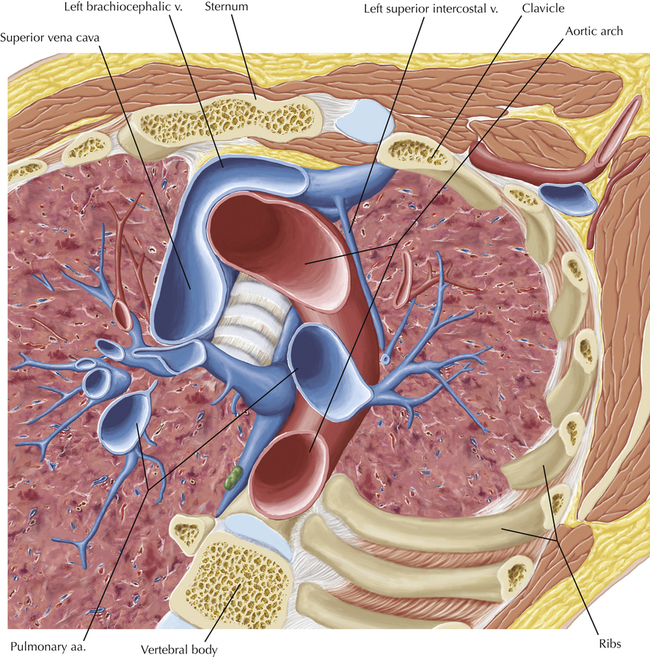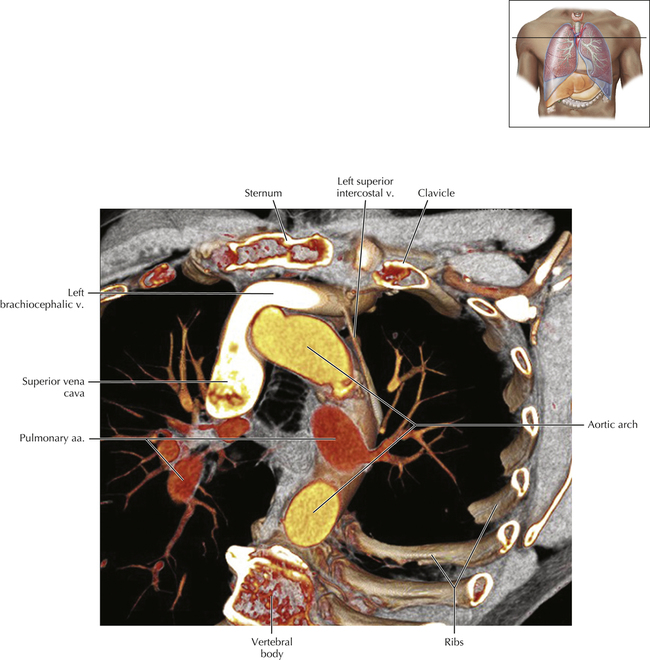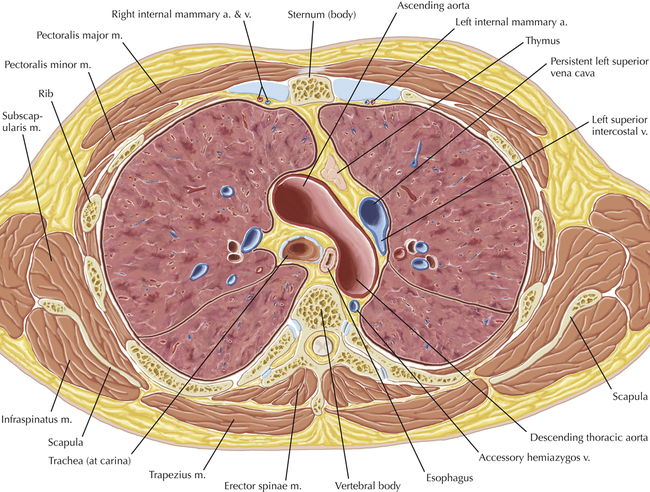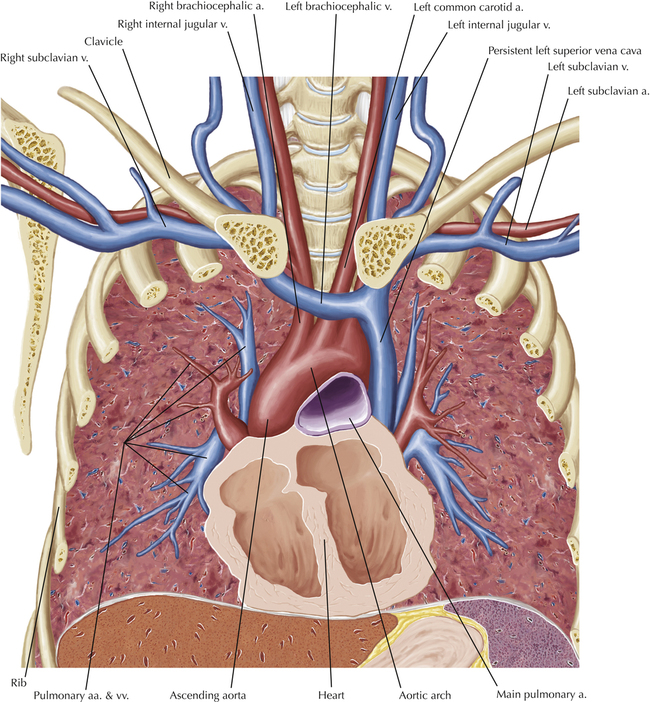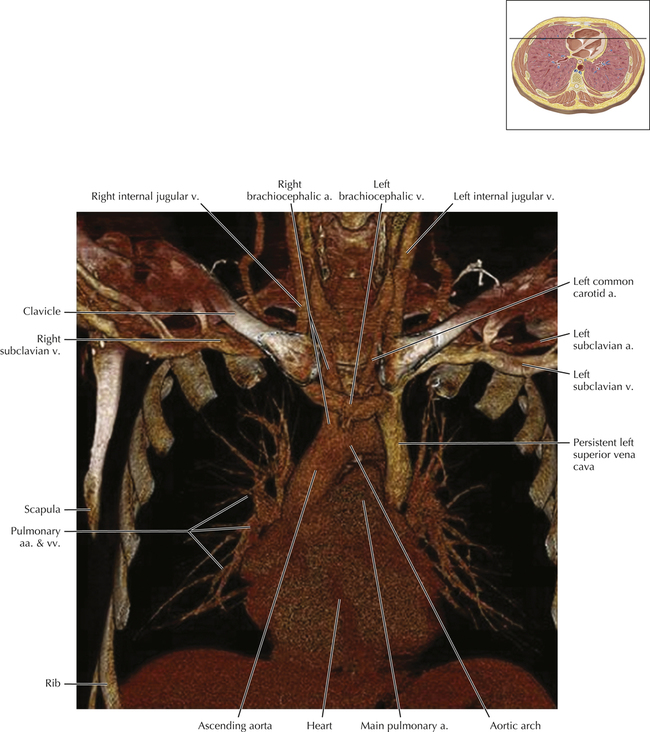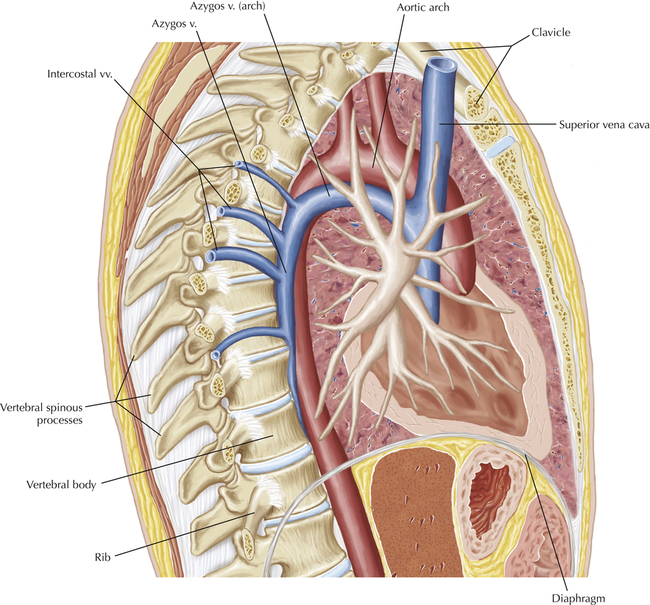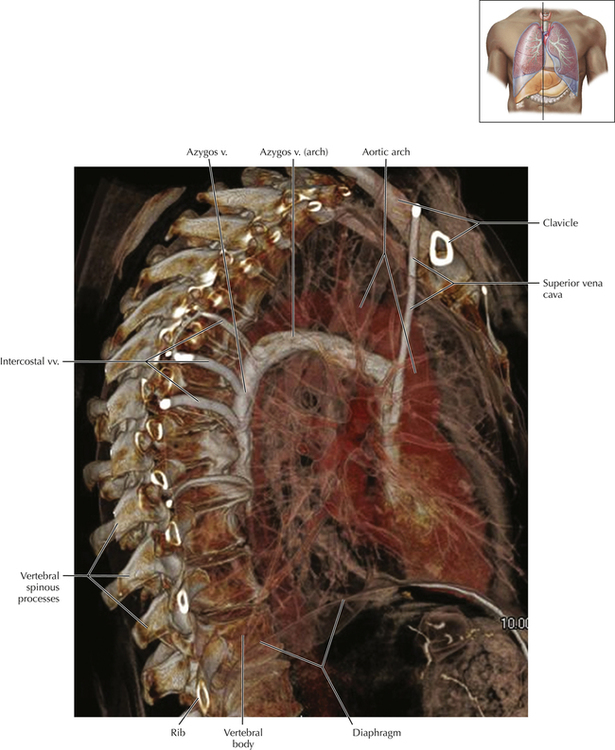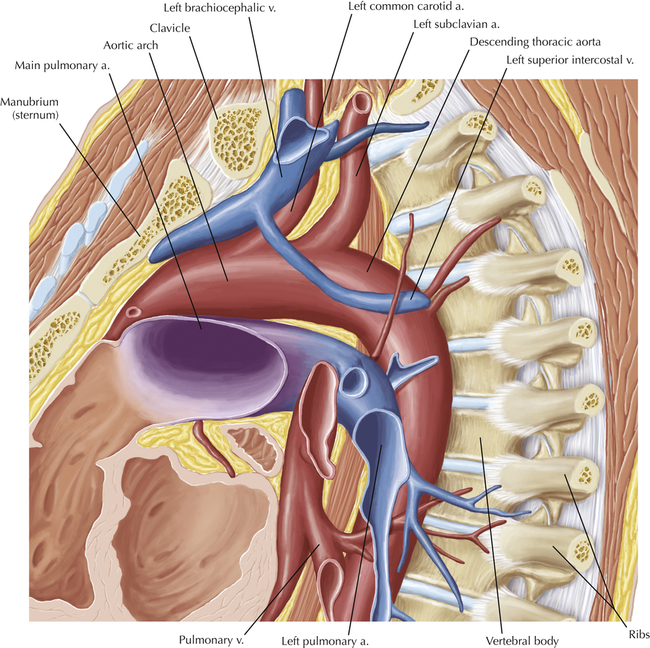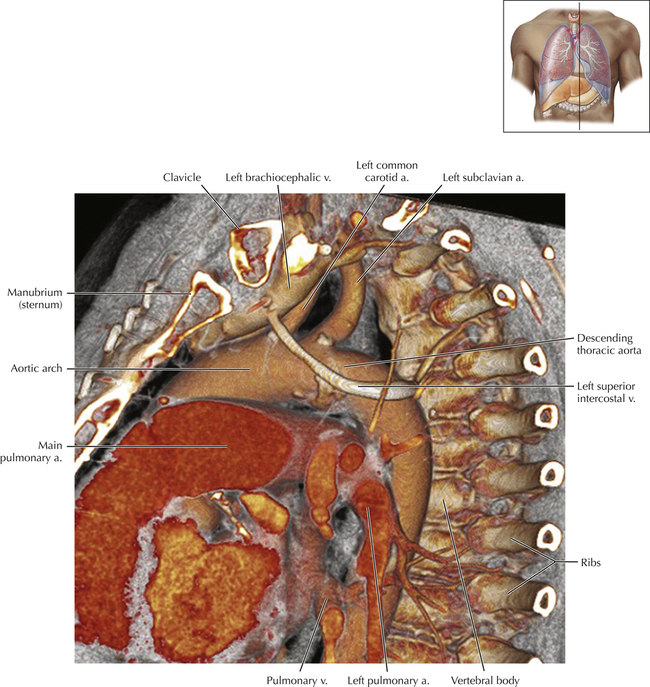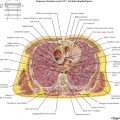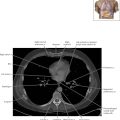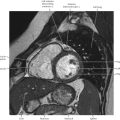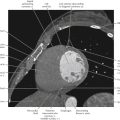Recent Posts
- How Often Should You Get Acupuncture? A Complete Guide to Building a Consistent Treatment Routine
- Why nursing preceptors matter more than ever for today’s nursing students
- Zepbound: What to Know About Weight Management and Metabolic Health
- Adipotide: Mechanistic Insights and Research Implications of a Targeted Proapoptotic Peptide
- What Teens Need to Know About Protecting Their Well-Being
Categories
- Allergy and Immunology
- Anesthesiology
- Basic Science
- Cardiothoracic Surgery
- Cardiovascular
- Complementary Medicine
- Critical Care Medicine
- Dermatology
- Emergency Medicine
- Endocrinology, Diabetes and Metabolism
- Gastroenterology and Hepatology
- Hematology, Oncology and Palliative Medicine
- Internal Medicine
- Medical Education
- Neonatal – Perinatal Medicine
- Nephrology
- Neurology
- Neurosurgery
- Nursing & Midwifery & Medical Assistant
- Obstetrics & Gynecology
- Opthalmology
- Orthopaedics
- Otolaryngology
- Pathology
- Pediatrics
- Physical Medicine and Rehabilitation
- Plastic Reconstructive Surgery
- Psychiatry
- Pulmolory and Respiratory
- Radiology
- Rheumatology
- Sleep Medicine
- Surgery
- Test
Venous Anatomy and Variants
Published on 13/02/2015 by admin
Filed under Cardiothoracic Surgery
Last modified 22/04/2025
Print this page
